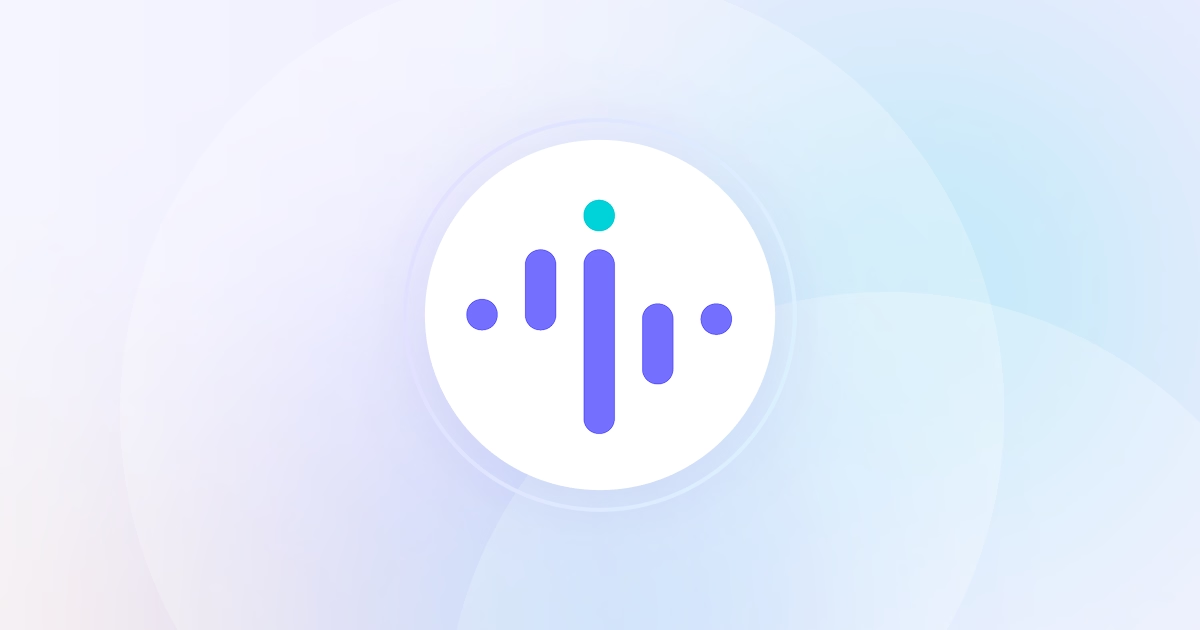Best Practices to Keep Your Remote Employees Engaged



In this article, we’re going to discuss:
- How to spot early signs of disengagement before they impact performance or SLAs.
- Why structured onboarding and weekly check-ins are essential for remote accountability.
- What workflows actually drive consistent output across distributed teams.
- Which remote employee desktop monitoring software gives you real-time visibility to support your workforce.
Remote productivity doesn’t drop overnight; it slowly deteriorates when you can’t see how work is getting done. For managers, this means missing early signs of disengagement or burnout until they’ve already impacted KPIs.
When daily visibility is fragmented, you lose the ability to coach confidently. Work from home monitoring tools can give you real-time oversight into team engagement, output, and blockers regardless of the location or shift.
Here’s how to build a remote engagement workflow that keeps your team visible and operating efficiently.
Engagement Drops When Remote Visibility Lags
Disengagement doesn’t always show up as absenteeism or complaints. In remote teams, it often looks like extended idle time, passive participation in meetings, or missed deadlines.
For managers, these signals are easy to miss without a system in place to surface them. Yet their impact is real: Gallup found that only 32% of U.S. employees feel truly engaged, while 18% are actively disengaged, the highest in nearly a decade.
The stakes are high. Without visibility into how remote employees spend their time, you risk failing SLAs, mismanaging team bandwidth, or losing trust with clients.
When your remote team lacks a shared rhythm, clear goals, and regular feedback loops, even high performers can become disengaged. And without tools to surface what’s happening, you’ll only find out when it’s already too late.
How to Build a Remote Engagement Workflow That Works
Engagement doesn’t have to be subjective. With a structured, data-backed workflow, you can encourage accountability without micromanaging. Here’s how to build that system across your remote team:
Step 1: Make Collaboration Easy & Continuous
You need to remove communication barriers and simplify collaboration.
Start with the basics: standardize platforms like Slack, Notion, Loom, and shared team calendars. Then layer on expectations. Define when employees should be available, how they should communicate status updates, and what counts as a daily deliverable. This clarity reduces delays caused by timezone gaps or unclear ownership.
But tools alone won’t drive collaboration. You need social structure so create other practices: team channels for informal chats, weekly sync rituals, and reinforce async habits like check-in videos or Monday kickoff posts. These rituals build trust and accountability.
Desktop monitoring tools can support this by tracking when collaboration tools are in use and surfacing trends in usage, so you know who’s in sync and who may be falling off.
Step 2: Operationalize Remote Onboarding
You need a repeatable process for employee onboarding, especially when it’s fully remote.
A new hire’s first 30 days often define their long-term engagement. That’s why onboarding must be more than a welcome email and login credentials. Use structured checklists that map out equipment setup, intro meetings, platform walkthroughs, and week-by-week goals. Assign each new hire a “remote buddy” to ensure social integration.
But check-ins aren’t enough. With monitoring tools, you can observe how new hires interact with systems and identify if they’re getting stuck. Are they using the right platforms? Are they idle during key onboarding periods? This data lets you step in proactively and reinforce where needed.
Step 3: Set Measurable, Time-Bound Goals
You need to turn expectations into something observable and coachable.
Set role-specific KPIs that tie directly to time-bound goals. These should be broken into weekly or daily deliverables with expected time ranges. This structure not only clarifies what “done” looks like, but also helps you validate effort through data.
Use tracking software like Insightful to compare estimated vs. actual time spent per task. If a rep is spending 5 hours on a 90-minute task, they may be stuck, or context switching too often. These insights help you coach with confidence, not just guesswork.
Step 4: Run Structured Weekly Check-Ins
You need to turn syncs into strategic touchpoints.
Set a weekly schedule for 1:1s and use them to talk through output, blockers, and next steps. Bring data into the conversation. Reference dashboards showing total time worked, app usage, task completion, and idle time. With Insightful, you can reinforce strengths, spot burnout risk, and proactively reassign tasks before they stall.
Keep check-ins short and focused, 15 minutes is enough when you’re anchored in behavioral data.
Step 5: Reinforce Engagement Through Lightweight Rituals
You need to build consistency into emotional connection, not just operational checklists.
Create small, repeatable touchpoints that help remote employees feel seen. Async prompts like “Friday wins,” “Team pet photo day,” or rotating spotlight posts encourage team presence without requiring real-time overlap.
Use behavioral trends to assess whether these rituals align with productivity boosts. Often, small culture moments correlate with improved engagement scores and lower idle time.
FAQs
What’s the fastest way to monitor remote employee productivity?
Using work from home tracking software like Insightful gives you real-time access to work hours, app usage, task timelines, and idle periods. This helps managers make informed decisions about performance, without needing to manually check in.
Example: A QA lead can use Insightful’s productivity heatmaps to flag agents who were under-engaged during key hours, then reassigned tasks to boost SLA adherence.
How does Insightful reduce disengagement risk?
Insightful (formerly Workpuls) tracks behavioral signals like app-switching frequency and inconsistent working hours. It’s able to flag disengagement before it actually affects output. Managers use this data to quickly give coaching or adjust workloads to retain high performers.
Example: Grapes Digital used Insightful’s behavioral data, like idle time and inconsistent app use, to flag disengaged employees early and take corrective action before productivity slipped.
How can I tell if remote workloads are balanced fairly?
Insightful allows you to compare time-per-task across your team. This helps you identify who’s overworked, underutilized, or off-track. That visibility enables fair workload distribution and thus stronger performance outcomes.
Example: An operations lead could use time-per-project data to redistribute work from one overwhelmed rep to team members who have extra time spared, or are under capacity. This way, work is distributed more evenly.
Common Mistakes That Undermine Remote Accountability
Without visibility and structure, remote engagement depletes fast. Here are common errors and how you can fix them:
- No onboarding visibility → New hires feel lost → Use work from home monitoring tools to reinforce onboarding checkpoints
- No performance metrics → Output becomes subjective → Track time and productivity using desktop monitoring, then align goals in 1:1s
- Infrequent check-ins → Issues linger → Run weekly syncs using real data from Insightful to coach in real time
One BPO team at Pexly applied this exact approach. They used Insightful to gain real-time visibility into agent workloads across multiple regions. The team leveraged productivity and downtime data to rebalance tasks and offer additional assignments with bonus incentives. This proactive shift created a more transparent and motivating environment, especially valuable for distributed teams.
From Drift to Accountability-Driven Engagement
Engagement isn’t a feeling; it’s a function of visibility and structure. When remote workflows are measurable and aligned to goals, teams perform better and stay connected.
- Use Insightful to build visibility into goals, timelines, and remote workflows.
- Detect early burnout with work-from-home monitoring tools that surface behavioral signals.
- Reinforce performance with consistent check-ins and real-time coaching.
Start a 7-day free trial or book a demo to see Insightful in action.
Updated on: July 27th, 2025

.jpg)
.jpg)
